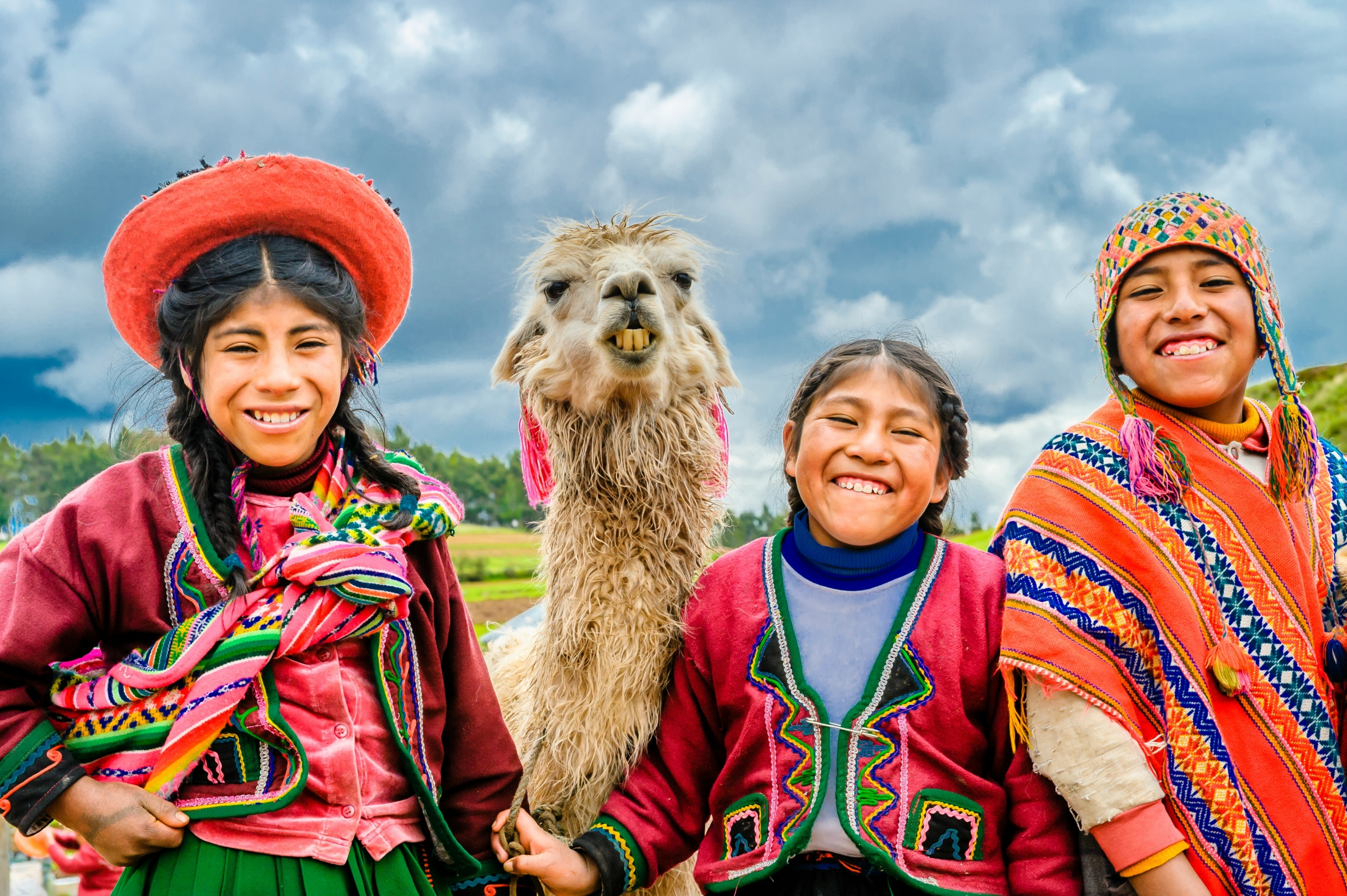Peru’s Inclusive Growth Agenda
 Peru is a country full of cultural heritage and natural resources. Yet, it has also constantly struggled with issues of poverty and socioeconomic disparities. The Peruvian government responded to this issue and led a serious campaign toward fostering economic growth that includes all people.
Peru is a country full of cultural heritage and natural resources. Yet, it has also constantly struggled with issues of poverty and socioeconomic disparities. The Peruvian government responded to this issue and led a serious campaign toward fostering economic growth that includes all people.
Addressing Poverty
One major objective of Peru’s Inclusive Growth Agenda is reducing poverty. The government has issued several policies and programs targeting the most vulnerable. An example is the Juntos program, launched in 2005, which consists of the payment of conditional cash transfers to impoverished households, conditioned by satisfaction of specific stipulations like schooling and health check-ups. This would imply that studies by the Inter-American Development Bank (IDB) have established the effect of Juntos on steeply reducing poverty rates, particularly in rural areas where poverty is more entrenched.
Improving Access to Education and Health Care
Quality education and accessible health services are key factors in poverty reduction. Peru has strived far to improve access to such services through the initiative of Qali Warma, a school food program in the country since 2013 that emphasizes the nourishment of children and their school attendance.
Similarly, Seguro Integral de Salud, which translates to Comprehensive Health Insurance, was launched in 2002 and includes health insurance coverage for low-income families. These two programs have ensured that, as reported by the World Bank, more and more marginal communities are sending their children to schools and, in cases of need, seeking medical treatment.
Creating Employment Opportunities
Unemployment and underemployment continue to be major problems in Peru, particularly among the youth and female population. Therefore, job creation remains at the top of the government’s agenda with large programs such as Proempleo and Construyendo Perú.
Proempleo offers training and support to the most vulnerable to find employment. So far, the initiative has helped more than 100,000 people. At the same time, Construyendo Perú focuses on infrastructure projects to generate employment in underserved areas. The International Labor Organization (ILO) paper demonstrates that the program played a significant role in reducing unemployment and fostering social inclusion.
Enhancing Social Protection Mechanisms
Social protection systems have thus gained importance in shielding vulnerable populations from economic shocks. Peru has increased social protection through programs such as Pension 65 and Life Insurance (Seguro de Vida). The former offers cash transfers for elderly citizens in poverty, while the latter offers life insurance to low-income households.
Even though the Inclusive Growth Agenda in Peru has scored some successes, there are still challenges to be considered. The regional inequalities are still significant; for example, in indicators of development, rural areas trail far behind their urban counterparts. Secondly, the COVID-19 pandemic only stressed the previous weaknesses. It once again urged further initiatives that will assure growth with inclusiveness and resilience.
Conclusion
Peru’s Inclusive Growth Agenda has been the most laudable in seeking to address poverty and ensure sustainable development. Its government has done a lot to achieve better access to education, health, employment opportunities and social protection through well-focused policies and programs.
Further, evaluation on a continuous basis and adaptation to the prevailing circumstances remain to be done in dealing with the challenges that are still current and paving the way for the benefits of development to include all societal strata.
– Honorine Lanka Perera
Honorine is based in Highlands, NJ, USA and focuses on World News and Good News for The Borgen Project.
Photo: Unsplash
